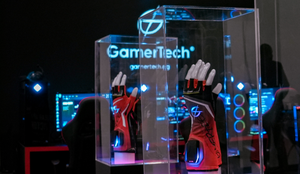Sponsored By
Latest News
A screenshot from Rumble Club. A cute player character with a monocle and top hat looks at the camera.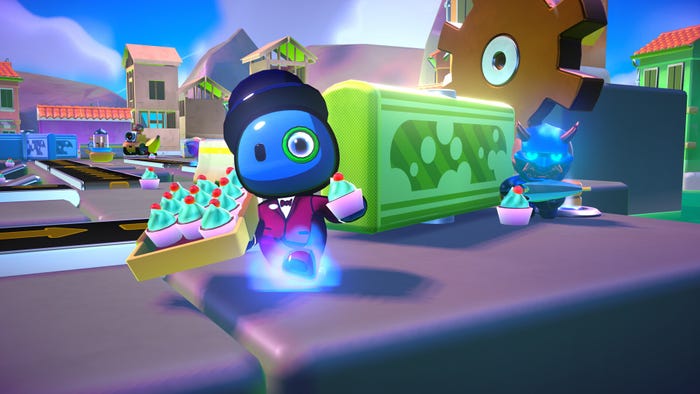
Business
Mad Mushroom explains what devs might expect from a streamer-owned publisher
Mad Mushroom explains what devs might expect from a streamer-owned publisher
Every publisher has their own strategy. Here are the upsides and downsides of working with one co-owned by high-profile streamers.
Tips, Talks, and Highlights from GDC 2024
More from GDCGet daily news, dev blogs, and stories from Game Developer straight to your inbox
Subscribe to Game Developer Newsletters to stay caught up with the latest news, design insights, marketing tips, and more
Game Developer Essentials
More resources for devsRead Dev Blogs on Game Developer
See allFrom Our Sponsors
LEARN MORESponsored Content
Mar 8, 2024


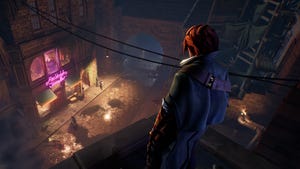











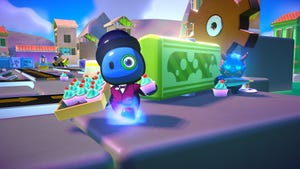






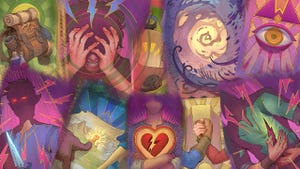


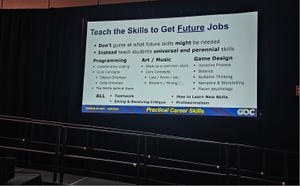
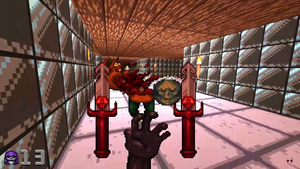



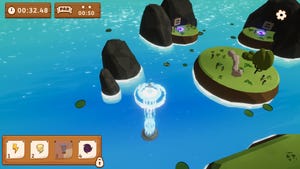

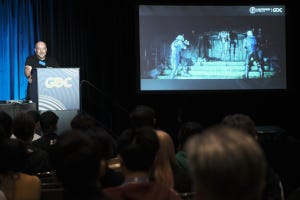


.png?width=300&auto=webp&quality=80&disable=upscale)
